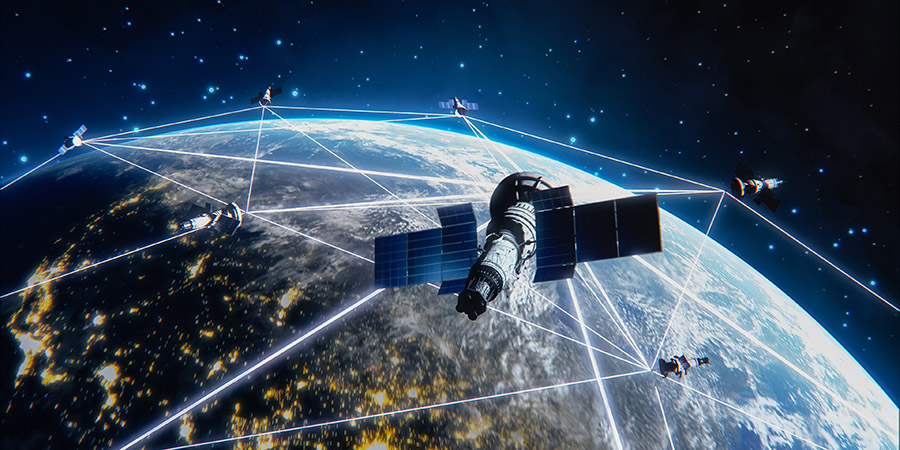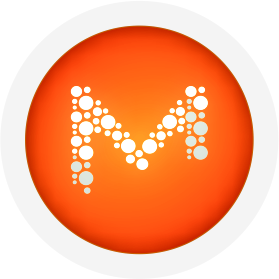Revolutionizing The Digital Space:
Data Science Meets an Evolving Edge
Data is the new oil and hence industries, companies on every scale and even individuals are mining it daily. The world is full of processes, most of which generate and consume data at every given moment; this coherent data cycle is undoubtedly contributing to the paradigm shift in technology.
Data science is a field of study, concerned with the use of methods, algorithms and systems to harvest knowledge from all data sizes to understand its core principles, with the aim of predicting underlying trends and making insight-driven decisions. It integrates skills from other fields of study including Computer Science, Information Science, Statistics and Business.
Analyzing the potential of edge computing to transform data science, this article unravels how this synergy will refurbish the digital landscape.
Beyond The Cloud
Since its inception, cloud computing has certainly played critical roles in the field of Data Science. It has provided efficient data storage and prime processing power for high performance computing and granted access to innovative tech-based tools. With budget-friendly PAYG (pay-as-you-go) models and resilient security mechanisms, cloud platforms endow both individuals and organizations to rapidly evolve while effectively making data-driven decisions.
However, a few bottlenecks in cloud computing arise because of limitations in bandwidth and latency within the cloud architecture. Therefore, edge computing offers core functionalities that aid in overcoming these barriers.
What Is Edge Computing?
Visualize a world where digital tasks are smartly and performed on your gadgets, in real time, eliminating the need for data transmission over a long distance to the centralized cloud before an output is generated.
Edge Computing unlocks this capability by processing data close to its source, other than wholly depending on a cloud-hosted system. With the ever-increasing magnitudes of data generated on a consistent basis, speed is a crucial factor that must be taken into consideration to maintain a steady flow of the processes that generate these data. By leveraging special devices interconnected by the Internet of Things (IoT), it satisfies the need for reduced latency and bandwidth usage in computing large data volumes.
Behind The Edge
Traditional computing involves transporting data to large data centers for analysis and processing; hence, it is safe to say in this context, that traditional computing costs time due to increased latency and congested bandwidth.
Edge computing tackles this challenge by processing data at its point of generation, otherwise known as its ‘Edge’. Here’s an overview of how edge computing works:
Data Generation:
Data is gathered at the source by edge devices like cameras, sensors and IoT devices.
Real-Time Processing:
The gathered data undergoes various processing phases.
Local Action:
Immediate data-driven actions—such as executing a certain task—are executed.
Selective Data Transmission:
Only significant data is transferred to the cloud, either for further analysis or long-term storage. This helps to ease network load, thereby increasing speed.
An Evolving Synergy
Together, Data Science and Edge computing form a revolutionary alliance. Data Science grants the ability to derive tangible insights and predictions from immense data pools by leveraging statistical methods and machine learning. Edge Computing, on the other hand, reduces latency and optimizes bandwidth, fostering real-time decision-making owing to its proficiency in processing data at the point of its generation.
The synergy between these two fields of study could completely redefine the digital horizon by offering data scientists the potential to develop models that run efficiently on edge devices. The data processed directly from edge devices can be used to swiftly generate dynamic insights, thereby not only improving performance and responsiveness but also contributing to the development of robust and adaptive systems capable of handling complex data environments.
Conclusion
Data science and edge computing are harbingers of a groundbreaking advancement in the digital realm. While traditional cloud computing faces limitations like latency and bandwidth constraints, edge computing addresses these by processing data locally at the source, thus facilitating real-time analysis and insight-driven decision-making. This synergy grants data science the opportunity to leverage its analytical prowess on data processed efficiently at the edge, improving performance and responsiveness. Together, they reinvent the data-handling methods, paving the way for more robust and adaptive systems capable of managing complex data environments.











